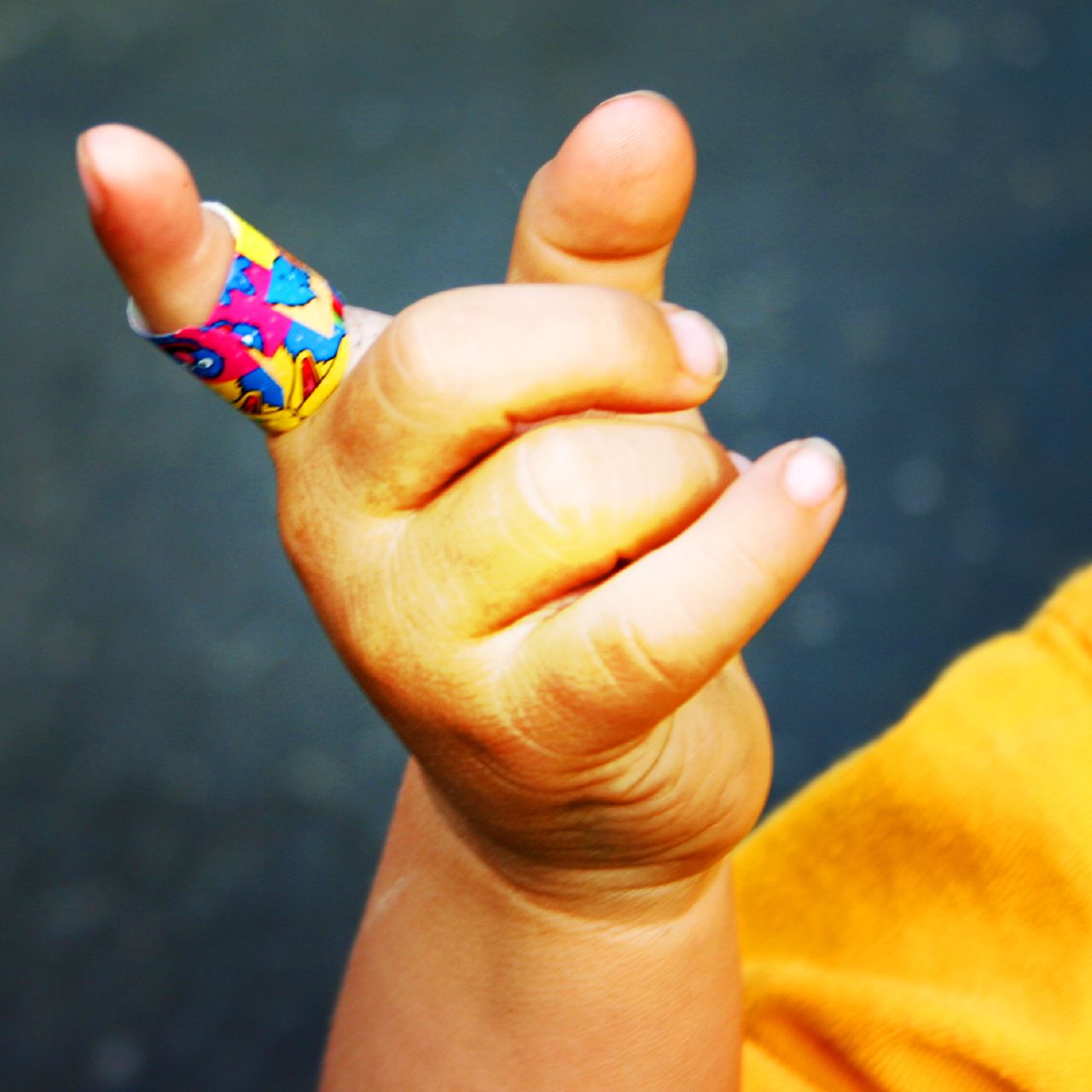
Warts on kids are not uncommon, and the reason for that is all based on how it’s transferred. Warts are caused by the human papillomavirus (HPV). The HPV causes the protein in the top layer of the skin to grow too fast, which results in warts on the skin. The most common warts found in children are:
- Common warts: They are skin-colored, rough to the touch, usually grow around the nails, on fingers or the back of hands, and are often described as looking like tiny cauliflowers.
- Flat warts: Also known as juvenile warts because they are almost exclusively found on children and teenagers, these warts are smooth, skin-coloured and very small – about the size of a pinhead – and often appear in clusters on the face and the backs of the hands.
- Plantar warts: These warts are usually found on the sole of the foot and can be quite painful to live with. Starting out as a small black puncture mark, plantar warts grow inwards which makes them painful to walk on.
How Do Warts Grow?
Because warts are the result of a virus, it is possible to safeguard against catching warts in the same way you can take precautions against catching a cold. The wart virus, HPV, is spread by direct contact – and being a virus, it prefers moist surfaces where it can breed. All it takes is for someone with warts to shed the virus onto a damp surface – public swimming pool change rooms, gym locker rooms, spas and bathrooms are notorious places to pick up a wart – which is then picked up on the skin. If you have a cut or crack on your skin, the virus can enter and begin to grow. It is also possible to spread the infection to other parts of your own body. By scratching or picking at warts, you can transmit the virus on your hands.
HPV thrives in moist environments, which means the key to avoiding picking up the virus is to keep contact with wet surfaces to a minimum and to keep your skin dry.
How Can My Kids Avoid Getting Warts?
- Wear footwear in public places that have wet environments
- Cover broken skin to protect against contact with the virus
- Resist the urge to pick your warts – and be sure to shave around warts to avoid nicking the growth
- Wash your hands well if you do touch your warts (or other people’s warts)
- Avoid biting your nails – the broken skin around your cuticles can make you particularly vulnerable to a nasty wart variety called periungual, which is hard to get rid of
- Keep feet dry – if you get sweaty feet, try wearing open-toe shoes that will allow your feet to perspire without becoming moist. Perhaps also consider using medicated foot powder to keep them dry.

 Dr. Rokhsar was chosen by
Dr. Rokhsar was chosen by 







